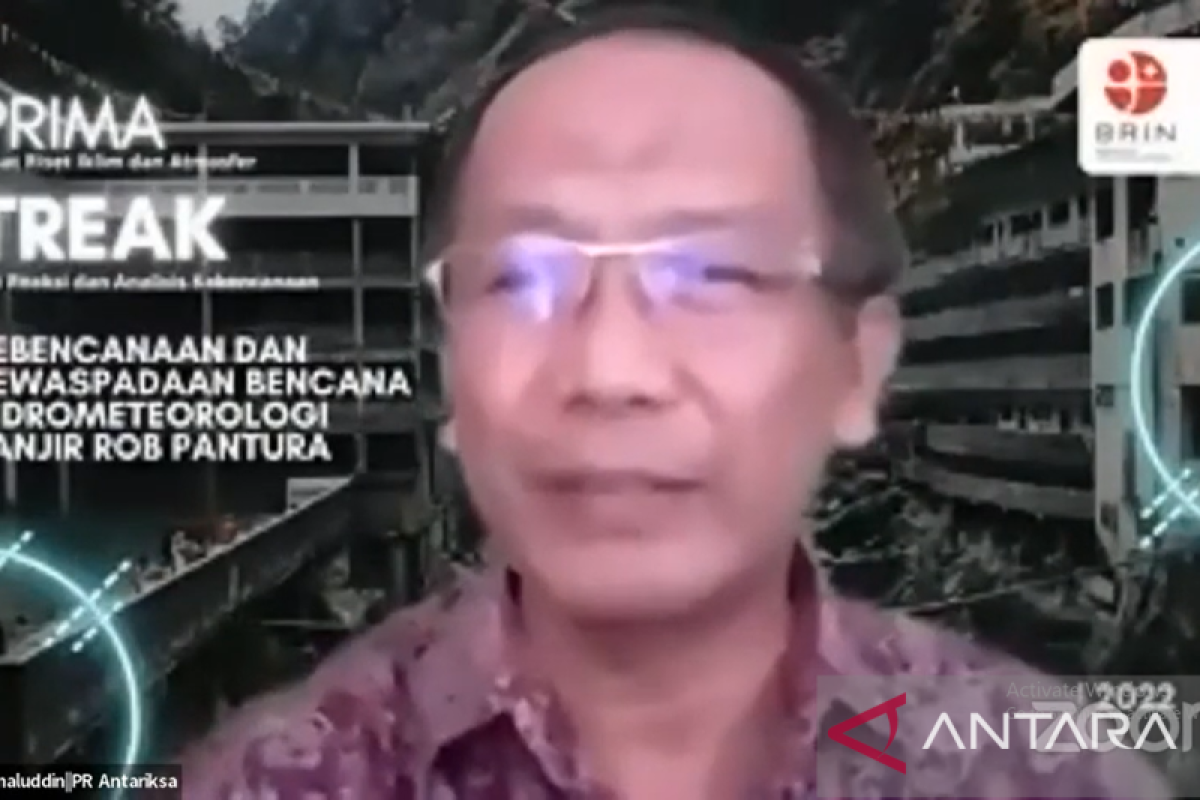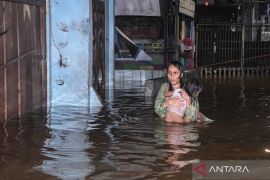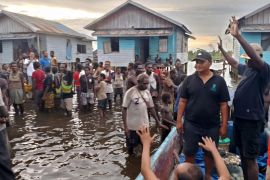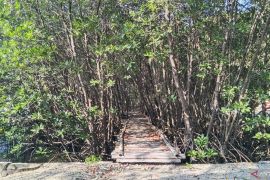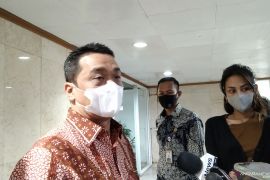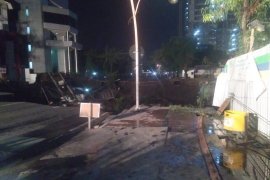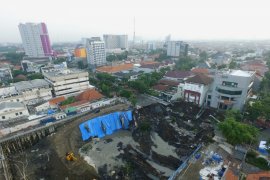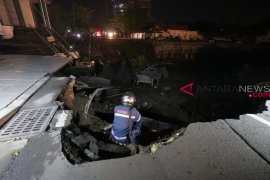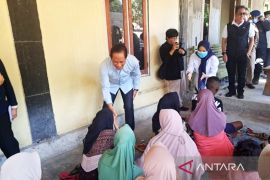During the Lesson Learned: Coastal Flooding in Dry Season Webinar held by BRIN virtually on Thursday, Djamaluddin outlined several factors related to sea level rise that should be watched out for, such as global warming, effect of lunar node cycle that causes tides, and subsidence.
Specifically for the North Coast of Java, subsidence became a factor that increases the potential of sea level rise more than the effect of global warming and node cycle.
Due to global warming, ice at the poles and icebergs will melt, thereby causing sea water expansion and raising the sea levels globally on average.
As a result, declining small islands and coastal areas are at risk of flooding.
Related news: BRIN archaeologists unearth ancient brick structures in Palembang
The study conducted by the National Aviation and Space Agency (Lapan) by utilizing data from synthetic-aperture radar satellite shows that subsidence occurring on shorelines in the North Coast of Java is quite high.
The average rate of subsidence during the 2015-2020 period was recorded at 0.9-6 cm per year for Semarang and the areas around it.
Based on the calculation conducted by Lapan, the highest subsidence occurs in Pekalongan City, in the range of 2.1-11 cm per year.
Meanwhile, the average rate of subsidence in Jakarta is 0.1-8 cm per year; Bandung, 0.1-4.3 cm per year; Cirebon, 0.28-4 cm per year; and Surabaya, 0.3-4.3 cm per year.
Related news: BRIN creates fruit coating solution from palm oil derivative products
Djamaluddin emphasized the need to watch out for such subsidence, as it can increase the risk of coastal flooding.
This condition necessitates long-term mitigation to anticipate global warming and subsidence in the shoreline areas where coastal flooding potentially becomes more frequent.
During the event, he also highlighted the role of lunar node cycle and high waves triggered by strong winds during coastal flooding.
Related news: Collaboration among countries can expedite disaster handling: BRIN
Related news: Young talents can help resolve regional problems: BRIN
Translator: Martha H S, Fadhli Ruhman
Editor: Fardah Assegaf
Copyright © ANTARA 2022
